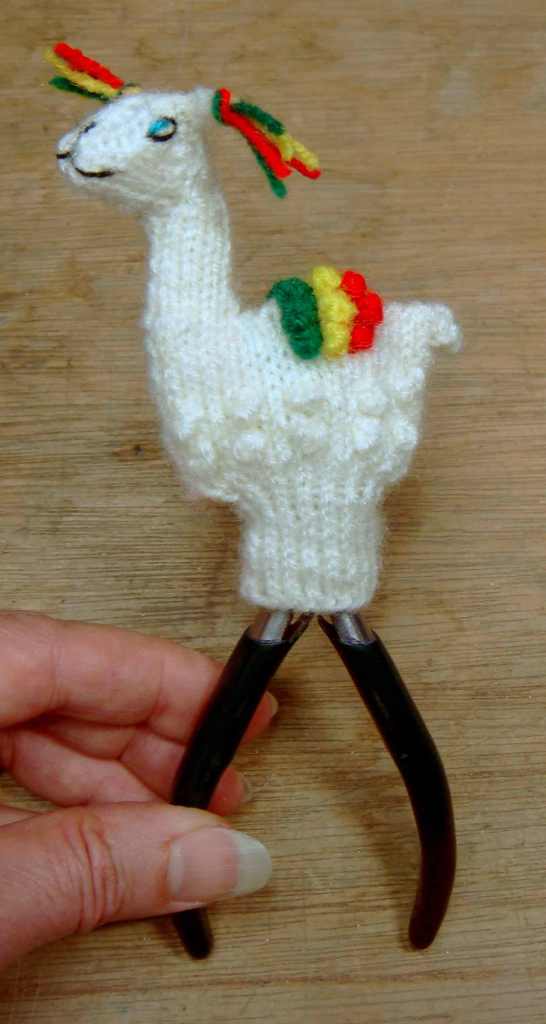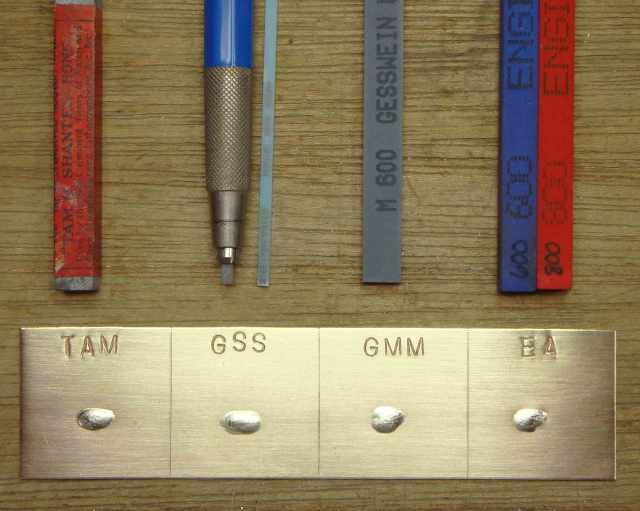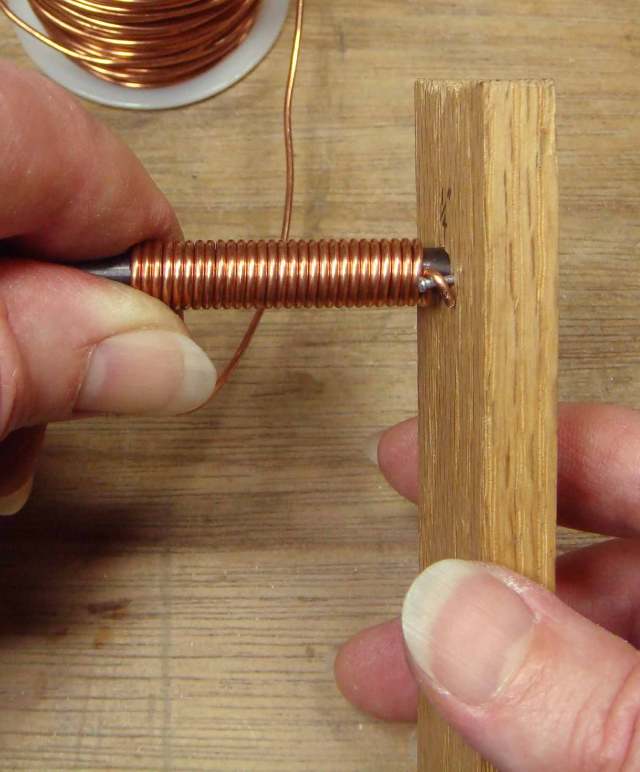
The sad truth is that the “safe” “organic” “natural” or “food grade” products sold as jewelry pickle are only all of those things BEFORE you use them. Even after you use them they are still (relatively) safe for you and your drains, but they are NOT safe for the environment. The retailers don’t have to tell you this because they aren’t selling you the used product, which is FULL OF TOXIC COPPER.
Fresh, unused jewelry pickle contains no copper. It is just a dilute solution of an acid like sodium bisulfate (Sparex®, Rio Pickle™, HTH® pH Minus – my favorite!), sulfuric acid, citric acid (PickleIt™), lemon juice, or vinegar. This changes dramatically after you use ANY type of pickle to clean your jewelry metals. ALL the different chemicals used as jewelry pickle are very effective at stripping copper oxides off your metal. As a result, pickle turns blue because copper molecules have been converted from solid metal into a contaminant in the liquid solution. Even pickle that has not turned blue yet is loaded with copper. The bottom line is this: If pickle has been used to clean metal, it is contaminated with copper.
Copper is extremely toxic to fish – 10 times more toxic to fish and other aquatic life than cyanide is to people!*
This copper contamination is NOT removed when pickle is neutralized with baking soda, so putting neutralized pickle down the drain is – from the perspective of a fish – like dumping cyanide into your local drinking water reservoir. If you dump copper contaminated pickle on the ground, it quickly leaches into the ground water, which is also very bad. It is extremely important that no matter where we live, we ALL dispose of this material carefully so as not to harm our fishy neighbors and further damage already beleaguered aquatic ecosystems!
Luckily, you have two GREEN choices for proper disposal: Continue reading →











